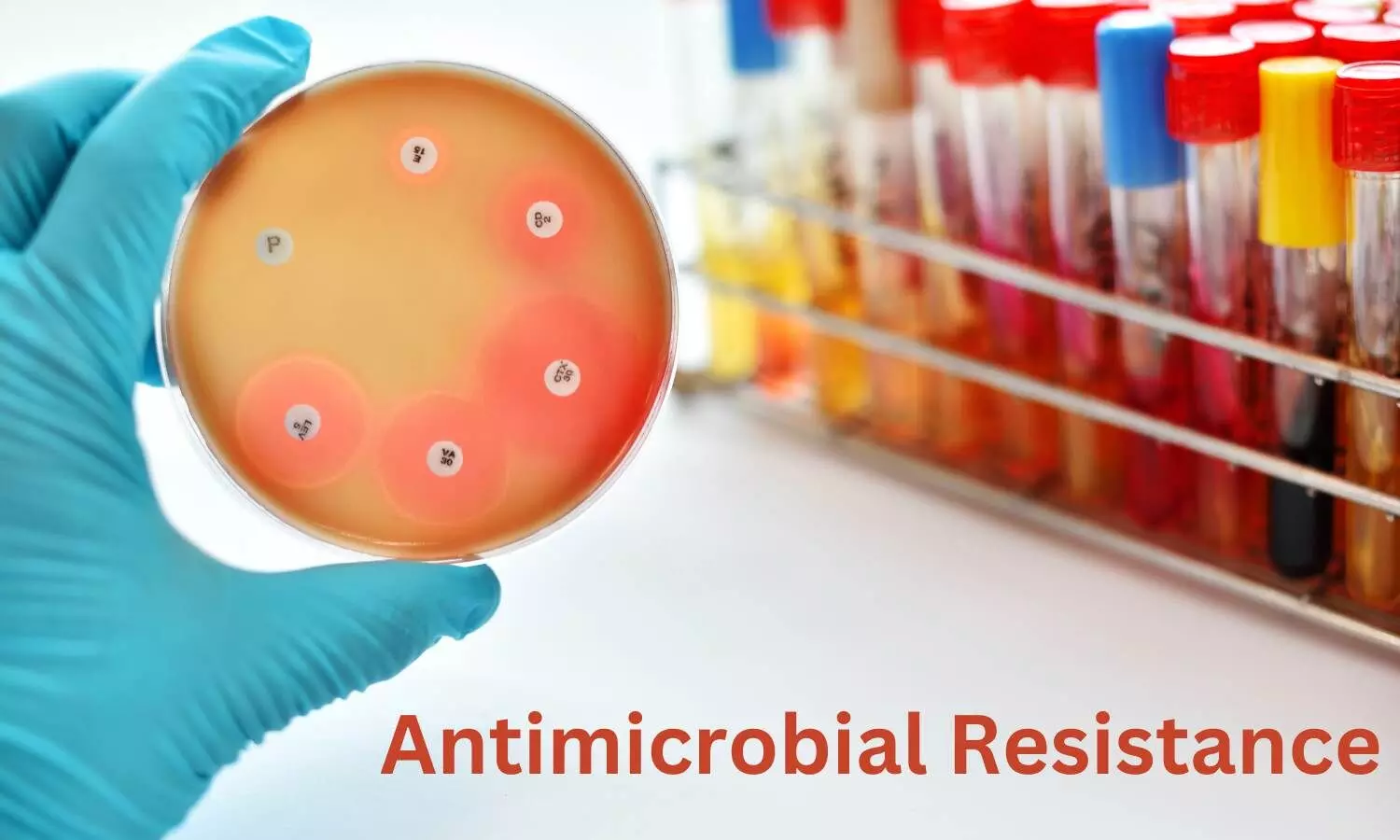Achievements of Indians in Science & Technology; Indigenization of Technology and Developing New Technology.
In News: Antibiotics overuse led to 33% of sepsis deaths in India: Study; New ICMR report highlights growing resistance in bacteria to antibiotics critical for human health
What are the reasons for sustained rise in antimicrobial resistance in India? Also evaluate the steps taken by the government in this regard.
Antimicrobial Resistance (AMR) occurs when bacteria, viruses, fungi and parasites no longer respond to antimicrobial medicines. As a result of drug resistance, antibiotics and other antimicrobial medicines become ineffective and infections become difficult or impossible to treat.
Reasons for rising antimicrobial resistance in India:
- Injudicious use of antimicrobials: The over-prescription and misuse of antibiotics are significant contributors to AMR.India is the largest consumer of antibiotics globally in terms of absolute volume.
- Self-Medication and Over-the-Counter Availability: Self-medication is rampant due to easy access to antibiotics without prescriptions. Regulatory gaps allow for the sale of antibiotics in pharmacies without prescriptions, leading to misuse
- Inadequate treatment of waste waters from hospitals, pharmaceutical companies, and livestock farms, allowing resistant organisms and antibiotic residues to enter the environment
- Agricultural Practices: The use of antibiotics in agriculture, particularly for growth promotion in livestock and aquaculture, is a significant factor. Antibiotic residues from animal waste can contaminate crops and water sources.
- Socioeconomic factors: Socioeconomic conditions such as poverty and malnutrition exacerbate the burden of infectious diseases, leading to increased antibiotic use as a first-line response rather than preventive measures.
- Aggressive marketing and overselling of antibiotics by the pharmaceutical industry
- Lack of access to diagnostic facilities in many healthcare settings, leading to empiric antibiotic prescribing
Government Initiatives:
To address these challenges, the Indian government has implemented several measures:
- Launched the National Action Plan on Antimicrobial Resistance (NAP-AMR) in 2017 with a One Health approach that encompasses human health, animal health, and environmental health.
- Established the National Antimicrobial Resistance Surveillance Network (NARS-Net) to gather data on AMR patterns across the country
- Developed National Treatment Guidelines for Antimicrobial Use in Infectious Diseases to promote rational antibiotic use
- Initiated antibiotic stewardship programs in 20 tertiary care hospitals to control misuse and overuse of antibiotics
- Banned the use of Colistin as a growth promoter in animal feed in collaboration with ICAR and DCGI
- Developed National Guidelines for Infection Prevention and Control in Healthcare Facilities
- Launched the “Swachh Bharat Abhiyan” and “Kayakalp Programme” to improve access to safe water, sanitation and hygiene
- Established the National Institute of One Health in Nagpur to operationalize One Health mechanisms
While the Government of India has implemented several measures to address antimicrobial resistance (AMR), significant limitations hinder their effectiveness:
- Inconsistent enforcement of regulations like Schedule H1 restricting over-the-counter antibiotic sales
- Lack of dedicated financial resources for implementing the National Action Plan on AMR
- Insufficient surveillance data due to limited coverage and inadequate monitoring infrastructure
- Challenges in regulating pharmaceutical waste and agricultural runoff contributing to environmental AMR
- Gaps in public awareness about appropriate antibiotic use and the consequences of AMR
- Cultural practices favouring self-medication and easy access to antibiotics without prescriptions
- Insufficient investment in research and development for new antibiotics and alternative treatments
- Lack of coordination among stakeholders across human health, animal health and environment sectors
Despite the government’s efforts, these limitations undermine the effectiveness of measures to contain the growing threat of AMR in India. Addressing these gaps requires a multi-pronged approach with sustained political commitment and collaborative efforts.
| PYQ : Can overuse and the availability of antibiotics without doctor’s prescription, the contributors to the emergence of drug-resistant diseases in India? What are the available mechanisms for monitoring and control? Critically discuss the various issues involved. 2014 |
Source: Indian Express;https://www.downtoearth.org.in/health/new-icmr-report-highlights-growing-resistance-in-bacteria-to-antibiotics-critical-for-human-health

